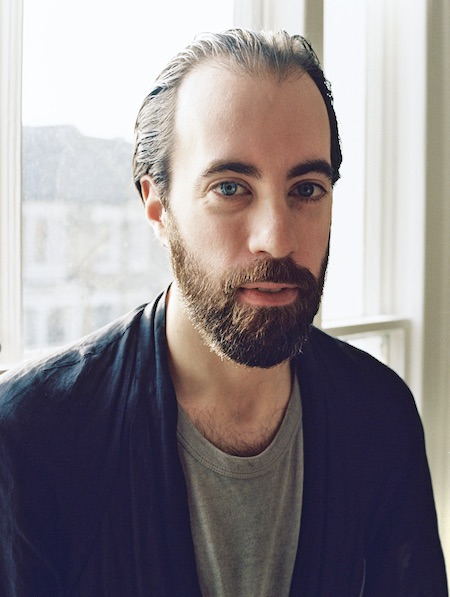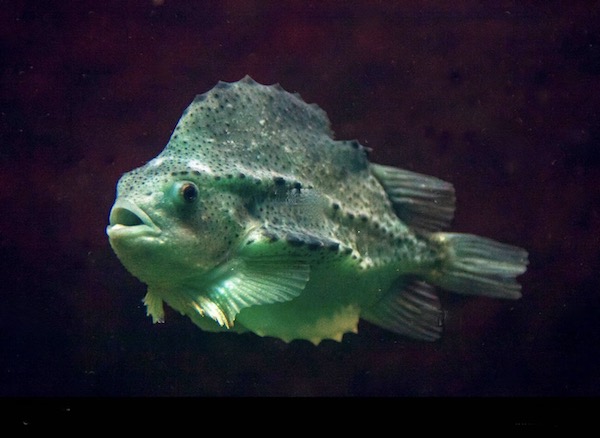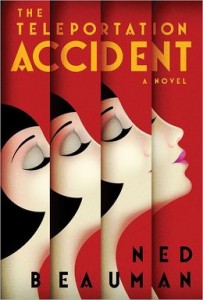“No one really knows whether all the beautiful works of art hanging in the world’s great museums are genuine or fakes. Least of all the learned curators and conservators employed by institutions such as this one. It’s the dirty little secret they don’t like to talk about….The truth is, they get fooled all the time. By one estimate at least twenty percent of all the paintings in the National Gallery in London are misattributed works or outright forgeries. And I can assure you, the statistics for the private art market are much worse.” – Sarah Bancroft.
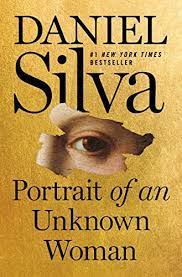
Art restorer Gabriel Allon has spent much of his life tending to art masterpieces which are in danger and need rescue, repair, restoration or all of these attentions. His travels, full of peril as he works to solve evil plots which often surround these priceless art treasures, have taken him all over the world, and it has only been recently that he and his wife Chiara and their twin children have finally settled down, perhaps permanently, in Venice. Gabriel is not in the best of health. Still recovering from a bullet wound which left him clinically dead for ten minutes on his most recent assignment, he has now, officially, ended his employment as former head of the Israeli intelligence service while he tries to find the kind of peace which makes his restoration work such a joy. Soon after this novel opens, however, a long-time acquaintance, Julian Isherwood, asks Allon to become involved with a painting – “Portrait of an Unknown Woman,” attributed to Anthony Van Dyck – and to find out everything possible about it. Almost immediately, he finds himself being followed from Harry’s Bar, a favorite place in Venice, by a man who refuses to raise his hands and drop a weapon when confronted by Allon. Allon makes quick work of him, only to discover when he searches the unconscious man for identification, that the man is Capitano Luca Rossetti of the Venice division of Il Nucleo Tutela Patrimonio Artistico – the Art Squad of Italy.
What follows is, perhaps, author Daniel Silva’s most complex crime novel. Dozens of characters, some of them with more than one name, interact with him and, often with each other, as they work to identify and validate the Portrait of an Unknown Woman, attributed to Sir Anthony van Dyck, and the circumstances under which the painting was discovered. In an international art market, sales of frauds are frequent. Many famous paintings are believed to be fraudulent, yet they continue to be shown – and sold – even as investigations into their legitimacy are being conducted. As Gabriel Allon begins his investigations, the settings are constantly changing – Venice to Paris to London to New York City – and on to Corsica, Marseilles, New York again, Rome, Madrid, Florence, and many other places. At each location, Allon meets new people and discovers information about the “Unknown Woman” painting and the people associated with it. Its artistic history, its most recent owners and sellers, and the various Art Squads or museums which may be associated with it gradually emerge.

National Center for Research and Restoration, France, “the world’s most scientifically advanced facility for the conservation and authentication of art.”
Silva plays a game with the reader here, unlike anything I have noticed in his past novels. Here, Allon, perhaps because of his recent injuries and/or his desire to come to some kind of resolution about all the fakes and frauds surrounding him in the art world, changes himself, becoming quite a different person. Instead of maintaining his honesty and sense of honor, in which he has always prided himself, he joins the large group of fraudsters and their financiers throughout the western world and begins to create fraudulent “masterpieces” by the “greatest painters” of the western world. He becomes almost totally dissociated from his wife and children in Venice and leads a separate life of crime, surrounded by some of his own fraudulent “masterpieces” which appear throughout Europe and New York. He is so effective at creating these that he can produce one new painting every three or four days – each one so “authentic,” even in the craquelure – the little cracks in the paint and varnish which ancient paintings have – that no one can tell that they are newly created.
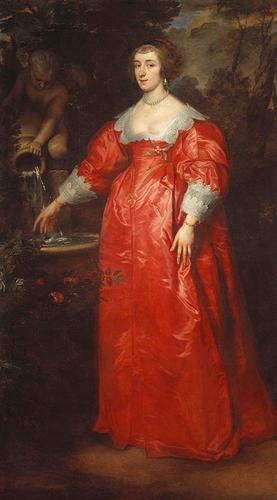
“Portrait of an Unknown Woman.” This portrait (1634-35) has been part of the Queen’s Gallery at Windsor Castle since 1790. It has not been part of any investigation.
Adding to the complications of the novel and intensifying the depiction of the high art world is the larger environment which gradually evolves as Allon’s involvement increases. Seemingly legitimate corporations and art storage companies allow hundreds of fake “antique” paintings, supposedly worth hundreds of millions of dollars to sell and resell, creating episodes of bank fraud and obvious arguments over the authenticity of a work’s provenance. Questions begin about a storage company’s ability to unload these works quickly to reduce their own exposure in this market – a market which is completely unregulated by governments. One well-known company owns, according to Allon, 227 major forgeries worth $300 million. A rush on the market begins, creating increased personal danger to Gabriel Allon, losses in the millions for owners and fraudsters, and immense danger to many of the participants.
This complex novel with approximately fifty named characters is a challenge which benefits when the reader keeps a character list, though that also damages the moods in which the author is using these characters because it slows down the action. The various characters reappear throughout, becoming more complex as the action involves them more directly as it moves throughout Europe and New York. Silva is a complex and thoughtful author with great insights here into the unregulated art market, and lovers and collectors of art, even those whose own collections are virtual, rather than actual, will become fascinated by the intricacies of this world. Gabriel Allon enjoys his work, at least for a while: “Just four months earlier he had been the director-general of one of the world’s most formidable intelligence services [in Israel]. Now, he thought, smiling, he had found a new line of work. Art Smuggler” – a job that offered full-time excitement on a global scale.
Photos: The entrance to Harry’s Bar in Venice may be found here: https://en.wikipedia.org
France’s great National Center for Research and Restoration, “the world’s most scientifically advanced facility for the conservation and authentication of art,” is from https://en.wikipedia.org
A “Portrait of an Unknown Woman” is part of the Queen’s Gallery. It has been hanging in Buckingham Palace since 1790 and is not part of the action here. https://www.rct.uk/
The author’s photo appears on https://www.today.com


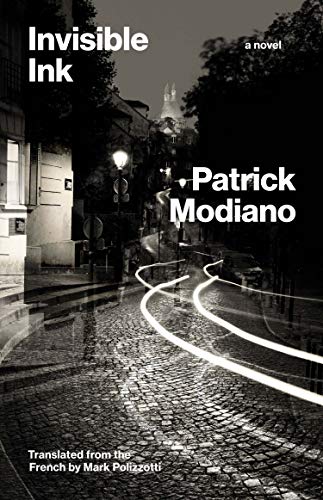 I readily admit that I have found Patrick Modiano to be the most fascinating author I have ever experienced, and I have read most, if not all, of his books in print in English.
I readily admit that I have found Patrick Modiano to be the most fascinating author I have ever experienced, and I have read most, if not all, of his books in print in English.

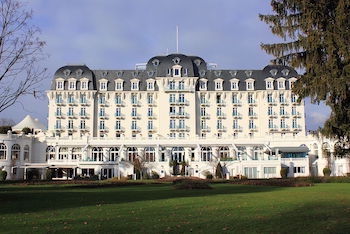
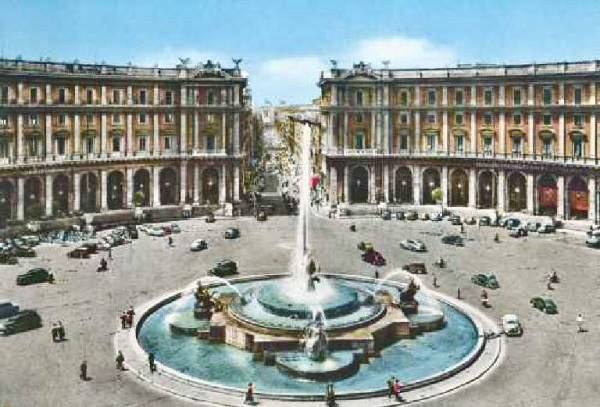
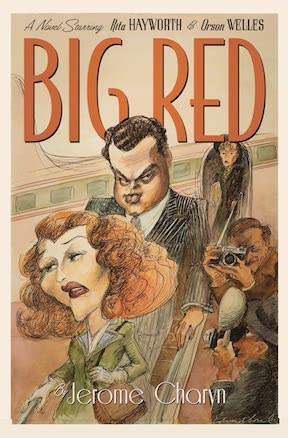 Rusty Redburn, the narrator who directs the traffic of this exciting and busy book, never expects, when she goes to Hollywood in the early 1940s, that she will end up as a spy for Columbia Pictures. Columbia’s President Harry Cohn wants to keep tabs on every aspect of the life of “Rita Hayworth” (Margarita Carmen Cansino), his shy and most mistrustful star.
Rusty Redburn, the narrator who directs the traffic of this exciting and busy book, never expects, when she goes to Hollywood in the early 1940s, that she will end up as a spy for Columbia Pictures. Columbia’s President Harry Cohn wants to keep tabs on every aspect of the life of “Rita Hayworth” (Margarita Carmen Cansino), his shy and most mistrustful star.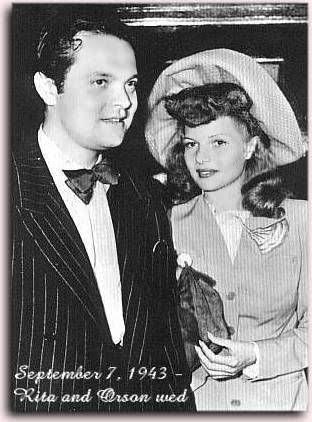

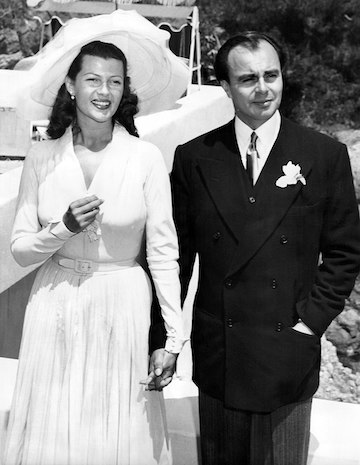
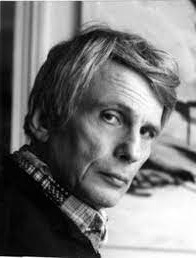
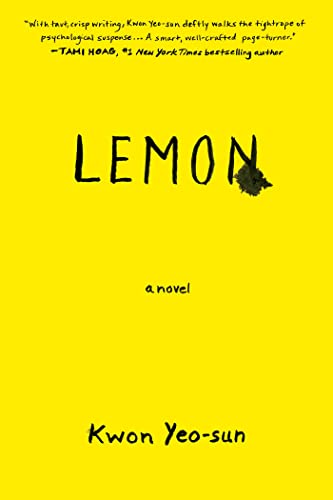 In one of the most unusual international novels to be released this year, Korean author Kwon Yeo-sun, reports a murder, its possible motives, and the mysterious circumstances surrounding this death.
In one of the most unusual international novels to be released this year, Korean author Kwon Yeo-sun, reports a murder, its possible motives, and the mysterious circumstances surrounding this death.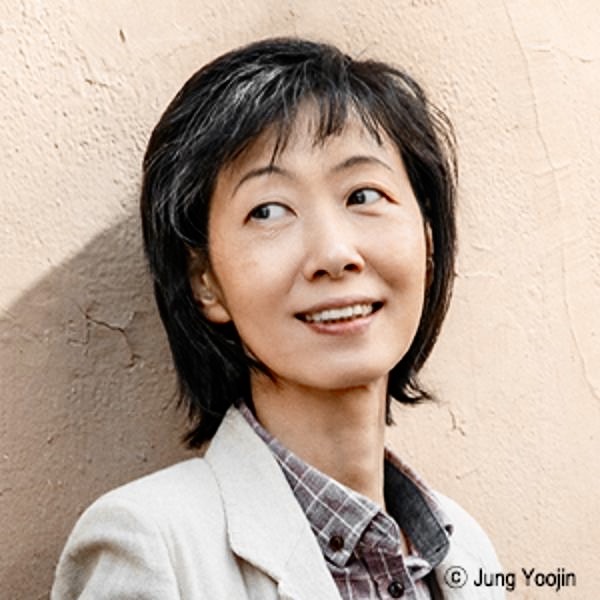


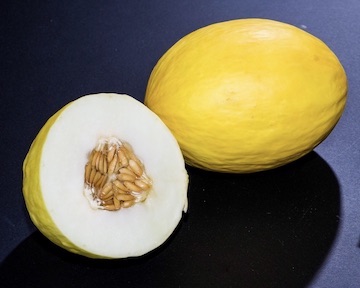
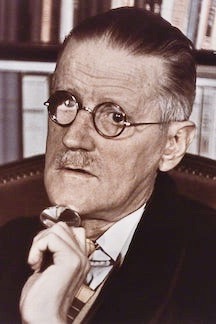
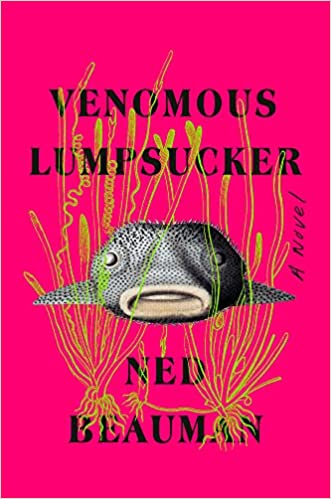 I confess that the minute I saw the bizarre title of this book, I was hooked and ready to read it.
I confess that the minute I saw the bizarre title of this book, I was hooked and ready to read it.